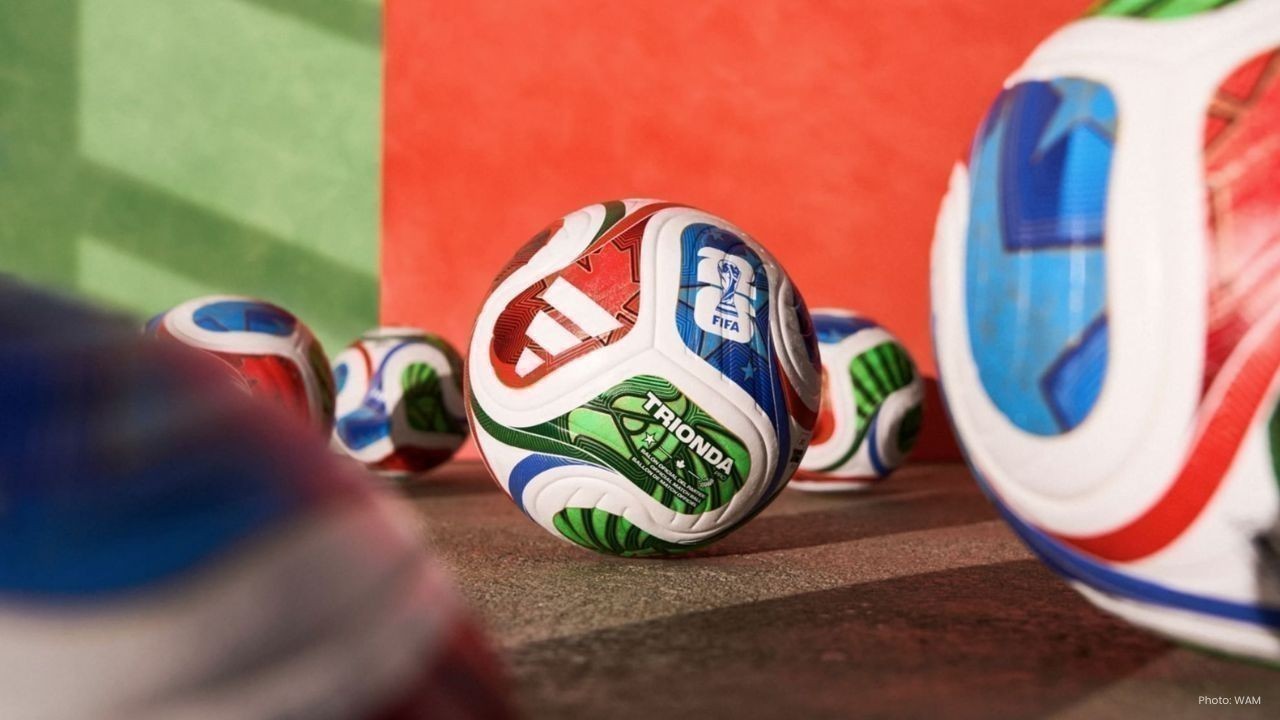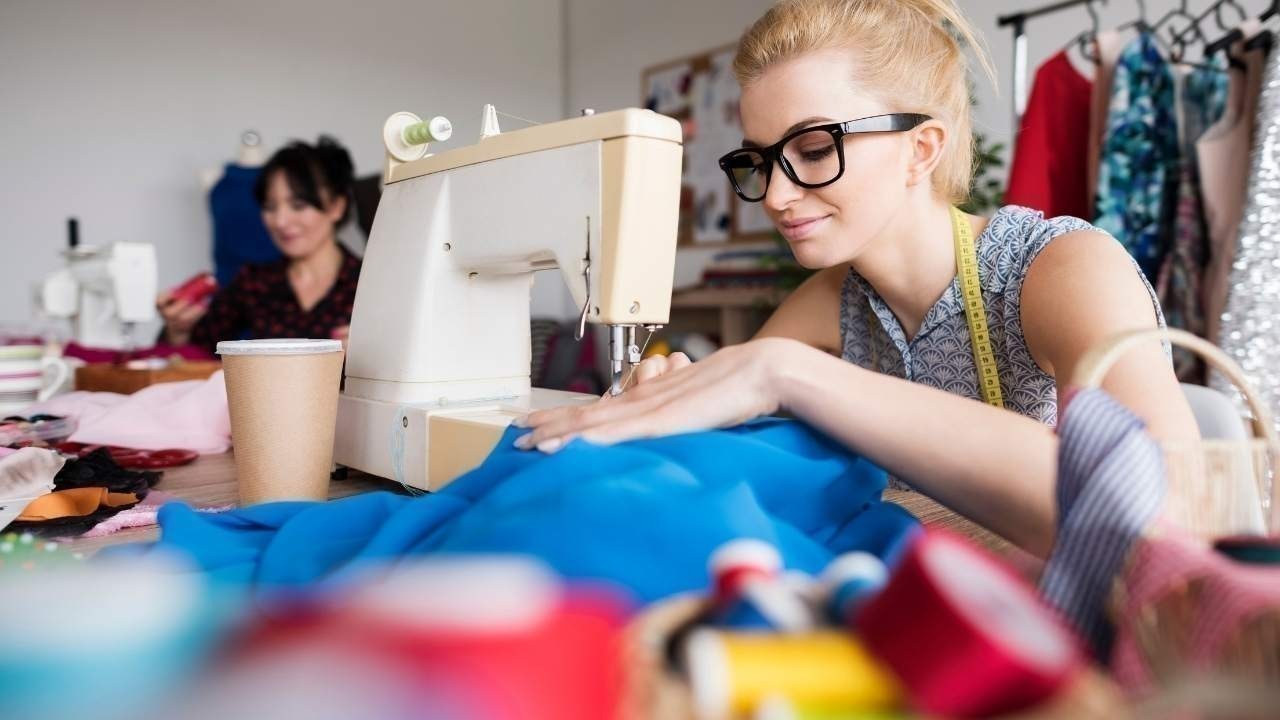
Post by : Mukesh Kumar
Uniforms are everywhere in our daily lives. We see them in schools, offices, hospitals, and even in the military. At first glance, a uniform is just clothing. But it is more than that—it represents discipline, order, and a sense of belonging. Wearing a uniform tells others, “I am part of this group,” and it makes it easy to identify someone’s role in a society or organization. Yet, behind the neat appearance and matching designs, there is a quieter story. It is the story of personal identity quietly emerging through small acts of rebellion.
Looking at uniforms, many people feel they are restrictive. They limit the way a person can dress, remove individual style, and create sameness. Some people like this because it takes away pressure to compete with others about appearance. It can feel safe to look like everyone else. But for many, especially teenagers and young adults, uniforms also become a way to show who they are in subtle ways. Slightly untied ties, rolled-up sleeves, untucked shirts, or colorful accessories may seem small, but they communicate personality and individuality while still following the rules. These small signs of rebellion show a simple truth: people want to belong, but they also want to be recognized as unique.
The connection between uniforms and rebellion is also a matter of psychology. Uniforms encourage people to fit in, make it easier to recognize roles, and reduce competition about looks or status. Schools often say that uniforms help stop bullying and create equality among students. By making everyone look similar, they reduce social pressure and create fairness. But research shows that when people feel restricted by rules, creativity often comes out in new ways. In this sense, rebellion is not always negative. It is a balance between following rules and showing individuality. It is the quiet way of saying: “I am part of the group, but I am also my own person.”
History shows that people have always found ways to resist strict rules about clothing. In the 1960s and 1970s, students protested school dress codes with bright scarves, unusual hairstyles, and distinctive shoes. In workplaces, casual dress movements challenged strict office uniforms, leading to more flexible dress codes in many companies today. Even in the military, where uniformity is very important, soldiers have expressed their identity through unique badges, pins, or hairstyles. These examples show that people’s individuality cannot be fully erased, no matter how strict the rules are.
Interestingly, groups that resist uniform rules often create their own style—a kind of uniform for rebellion. Students, workers, or activists who share ideas about personal expression may develop a common way of standing out. Ironically, this shows that even when people resist being the same, they still look for ways to connect and form a shared identity.
In today’s world, social media has made these subtle rebellions more visible. A creative twist on a school uniform posted on Instagram or TikTok can go viral. What might be a small act of self-expression in real life becomes a larger cultural statement online. Technology allows people to show their personality to a much wider audience, proving that no uniform can fully hide individuality.
Uniforms also play an important role in how we are seen by others. They show authority, trustworthiness, and professionalism. Nurses, police officers, soldiers, and flight attendants wear uniforms that instantly communicate competence. Yet even in these roles, small acts of rebellion are visible. A pin, a different hairstyle, or a tiny variation in the dress can show personality and make the wearer more human, even in a strict system.
The story of uniforms and rebellion is really about balance. Uniforms give structure, order, and safety. They help groups work together and make people feel included. Rebellion, on the other hand, allows creativity, personal expression, and innovation to grow. Both are important. Without uniforms, society could become chaotic. Without rebellion, creativity and individuality could be lost. Understanding this balance helps teachers, employers, and leaders create spaces where rules and personal expression work together rather than against each other.
In the end, every neatly ironed shirt, every identical badge, and every pair of matching shoes tells two stories at once. One is about order, discipline, and belonging. The other is about the small, quiet ways we express ourselves. Uniforms shape how we look outwardly, but rebellion, no matter how small, shapes who we are inside.
The views expressed in this article are intended to provide insights into social behavior and individuality. DXB News Network does not promote or oppose any specific dress codes or institutional policies.

Cebu Earthquake Strikes During Miss Asia-Pacific Gala Night
A 6.9-magnitude earthquake hits Cebu during Miss Asia-Pacific International gala, killing 72 and inj

Eternal Creators Added to Mexico’s INBAL Collection
INBAL honors Eternal Creators and two more works, celebrating the author and collaborators as part o

Skin Microbiome Secrets to Healthy and Balanced Skin
Explore the skin microbiome its role in skin health and simple ways to keep your skin balanced healt

FIFA World Cup 26 Launches TRIONDA, Official Match Ball
Adidas unveils TRIONDA, the official FIFA World Cup 26 ball, celebrating three host nations with inn

Sarcopenia How Aging Steals Muscle and Ways to Stay Strong
Discover sarcopenia the silent muscle loss with age its signs causes and simple ways to stay strong

DP World & PayPal Partner to Revolutionize Global Payments
DP World teams up with PayPal to speed up cross-border trade, offering faster, transparent, and secu

Sheikh Hamdan Visits UAE National Guard to Boost Defence Readiness
Crown Prince Sheikh Hamdan visits UAE National Guard HQ, praises troops’ loyalty, and highlights nee

Skin Microbiome Secrets to Healthy and Balanced Skin
Explore the skin microbiome its role in skin health and simple ways to keep your skin balanced healt

Sarcopenia How Aging Steals Muscle and Ways to Stay Strong
Discover sarcopenia the silent muscle loss with age its signs causes and simple ways to stay strong

Cultural Appropriation vs Appreciation Respecting Global Traditions
Learn the difference between cultural appropriation and appreciation to respect traditions and celeb

Uniform and Rebellion How Personal Identity Thrives Within Rules
Explore how uniforms shape identity and spark subtle rebellion blending conformity with personal exp

The Unseen Labor Behind Fashion Inside the Secret Stitch
Discover the hidden world of fashion labor and the secret stitch behind every garment Honor the hand

Digital Couture The Future of Fashion in a Virtual World
Explore Digital Couture virtual fashion creative designs eco friendly trends and how technology is s

Fast Fashion Mental Cost How Clothes Affect Your Mind & Mood
Discover how fast fashion affects your mind from trend pressure to social comparison and learn ways

The Solaya Project 234 Ultra Luxury Beachfront Homes in Jumeirah 1
Experience The Solaya Project in Jumeirah 1 with 234 luxury beachfront homes world class amenities a